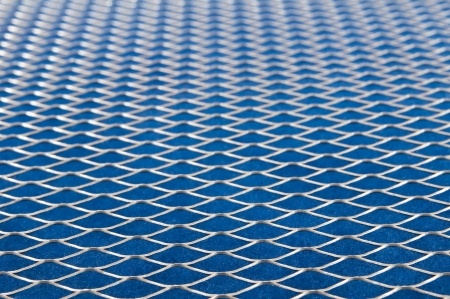The Overlooked Furnace Filter
 Rising energy cost are putting some homeowners in a pinch, however there are some techniques that homeowners can do to save on energy costs this winter. One of the simplest ways is to lower the thermostat a degree or two. Using a setback thermostat that automatically lowers your temperature during the evening may offer a savings of 5-10 percent.
Rising energy cost are putting some homeowners in a pinch, however there are some techniques that homeowners can do to save on energy costs this winter. One of the simplest ways is to lower the thermostat a degree or two. Using a setback thermostat that automatically lowers your temperature during the evening may offer a savings of 5-10 percent.
One maintenance chore that gets overlooked is the furnace filter. The filter is a very important part of your heating system. It protects against damage to your blower from foreign objects and cleans your air. Clogged filters decrease air cleaning efficiency and increase strain on the blower motor potentially leading to premature equipment failure. With today’s homes built “tighter” they hold in more pollutants including dust, dander, mold and spores. With closed windows during the heating season just increases the problem. FiltersUSA offers tips on how to change your furnace filter.
Finding the right filter is important. Not all furnace filters are the same. Those 99cent filters sold at hardware stores are inefficient for cleaning the air but they do a fine job in preventing foreign objects from getting into the blower compartment. If you hold them up to the light and can see through them they’re not very good for cleaning the air. They clog quickly and have to be replaced often. Pleated filters offer increased surface area for filtration, improves indoor air quality and may last much longer with one inch filters lasting 3 months and the 4 -6 inch filters lasting 6 months to a year depending upon the environment.
Pleated filters provide greater surface area for air filtration than the flat fiberglass style filter. Another thing to consider is the filters “MERV” rating. Minimum Efficiency Reporting Value, commonly known as MERV Rating is a measurement scale designed in 1987 by the American Society of Heating, Refrigerating and Air-Conditioning Engineers (ASHRAE) to rate the effectiveness of air filters. The scale is designed to represent the worst case performance of a furnace filter when dealing with particles in the range of 0.3 to 10 micrometers. The MERV rating is from 1 to 16. Higher MERV ratings correspond to a greater percentage of particles captured on each pass, with a MERV 16 filter capturing more than 95% of particles over the full range.
For those that have allergies or if indoor air quality is a concern, consider HEPA type filters. According to Bill Lea, President of FiltersUSA.com, “The letters in the word HEPA stand for High Efficiency Particulate Arrestance. The HEPA filter was developed during World War II by the Atomic Energy Commission and it was designed to remove and capture radioactive dust particles from the air which might escape and present a health hazard to the researchers. The HEPA filter was specifically designed to protect the Human Respiratory System.”
For a filter to be labeled “True” HEPA, it must be certified 99.97% efficient in capturing 0.3 micron (not 0.1 or 0.01 etc..) reparable-size-particles (RSP) according to the U.S. Military Standard MIL-STD-282, commonly known as the DOP test. The reason 0.3 micron is used and no other is because 0.3 micron is the size at which all mechanical filters are LEAST efficient in capturing. Other methods of testing do not give a true picture of efficiencies relative to respirable-size-particle (RSP) capture.
These filters can be anywhere from 4″ to 6″ thick and may have a MERV rating greater than 10. These types of filters fit into a special box that is sold to consumers as an “add-on” or upgrade to their furnace or air handler. These filters are ideal for allergy sufferers as they remove very small particles such as pollen.
Changing the filter can be as simple as removing the old filter and inserting the new one paying attention to the air flow direction arrow on the new filter. Houses in warmer climates can be more challenging with homes that have return grill filters located in high ceilings with different filter sizes throughout the home. Some homeowners have removed the filters in those ceiling grilles and installed a whole house filter to their air handler located in the garage. This makes for changing one filter every 6-12 months rather than changing the ceiling filters monthly and provides improved indoor air quality. Generally, the fiberglass filters should be changed monthly, pleated filters every three months and HEPA style filters every 12 months. This depends upon how often you use your air conditioner and other factors such a pets or a smoker in the house.
Source: FiltersUSA.com.
Call us today to view our new home plans: 713-539-0048 – Sign up for our New Home Buying Tips
Visit our website: https://fairmontcustomhomes.com/
View Our Communities – View our available new home floor plans – View our photo gallery
Follow Us: Facebook – Twitter – YouTube – LinkedIn – Google Plus


Sorry, the comment form is closed at this time.